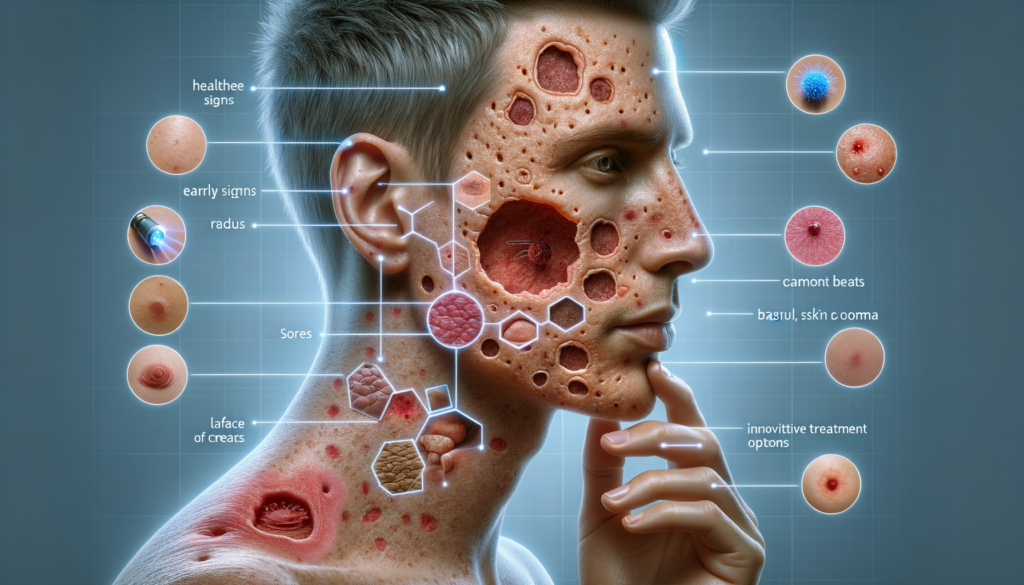The Education Blog

Introduction to Basal Cell Skin Cancer
Basal cell skin cancer is the most common form of skin cancer, accounting for about 80% of all skin cancer diagnoses. Understanding its early signs and growth patterns is crucial for effective treatment and management. This article delves into the early signs of basal cell skin cancer, where it typically grows, and the latest treatment innovations that are making waves in the medical community.
Recognizing the Early Signs
Early detection of basal cell skin cancer significantly increases the chances of successful treatment. The early signs often manifest as subtle changes in the skin, such as:
- A pearly or waxy bump on your face, ears, or neck.
- A flat, flesh-colored or brown scar-like lesion on your chest or back.
- A bleeding or scabbing sore that heals and returns.
These signs can be easily overlooked as they often resemble non-cancerous skin conditions. Regular skin checks, either self-examinations or by a healthcare professional, are essential for early detection. If you notice any persistent changes in your skin, it is advisable to seek medical advice promptly.
Where Basal Cell Skin Cancer Grows
Basal cell skin cancer primarily develops in areas of the skin that are frequently exposed to sunlight. The most common sites include:
- Face, including the nose, forehead, and cheeks.
- Neck and ears.
- Back of the hands.
Although less common, basal cell skin cancer can also occur on parts of the body that are rarely exposed to sunlight. This highlights the importance of comprehensive skin examinations that cover the entire body, not just sun-exposed areas.
Innovations in Treatment
Recent advancements in the treatment of basal cell skin cancer have provided new hope for patients. Some of the most notable innovations include:
- Targeted Therapy: This approach uses drugs that specifically target cancer cells without affecting normal cells, leading to fewer side effects.
- Photodynamic Therapy (PDT): PDT involves applying a light-sensitive drug to the cancerous area, which is then activated by a special light to destroy cancer cells.
- Immunotherapy: This treatment boosts the body’s immune system to better recognize and fight cancer cells.
These innovations have improved the prognosis for many patients, offering more effective and less invasive treatment options than traditional methods.
Conclusion: Moving Forward with Awareness and Action
Awareness of basal cell skin cancer’s early signs and growth patterns is vital for timely intervention. With the ongoing advancements in treatment options, patients have more choices than ever before. It is important to maintain regular skin checks and consult healthcare professionals if any suspicious skin changes are observed. By staying informed and proactive, individuals can significantly reduce their risk and improve outcomes if diagnosed with basal cell skin cancer.









